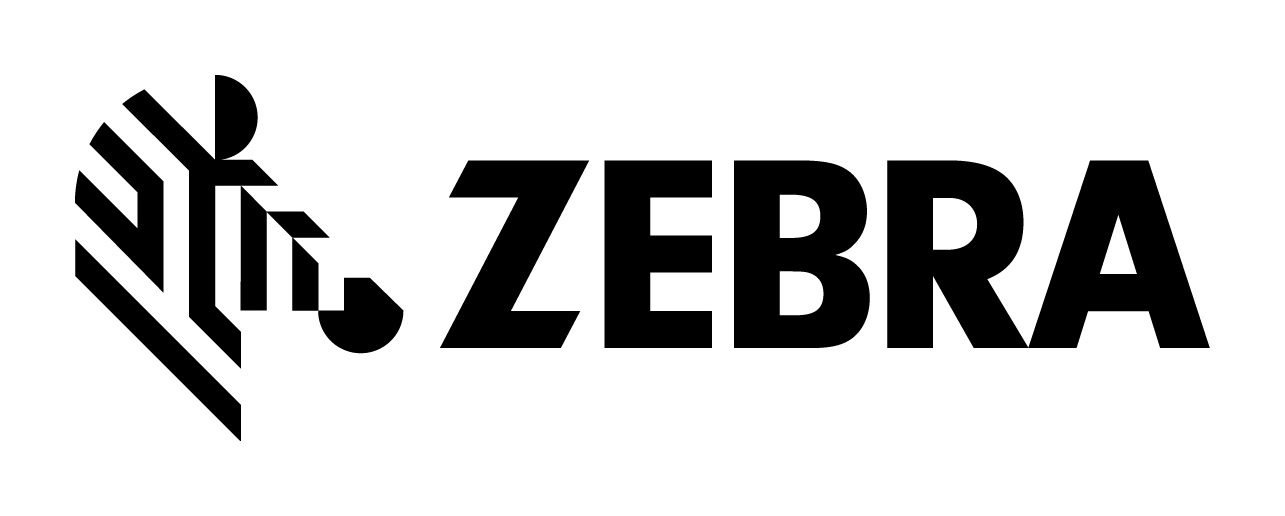
US government "would save $100m" presorting its own mail
Slow to move into digital forms of mail at the moment, US government agencies could nevertheless save up to $100m a year by establishing their own mail presort facilities, according to a new report. That’s according to a paper from Michael Ravnitzky, chief counsel to the chairman of the Postal Regulatory Commission, and economist J.P. Klingenberg, presented at the Rutgers University Center for Research in Regulatory Industries last week.
The report suggests that federal agencies could save, in aggregate, $100m per year through localised pre-sorting. Furthermore, States could save, in aggregate, $250m per year if each State centralised its mail operations at each state capital.
The federal government is the largest single user of the mail in the US, accounting for 2% of First-Class Mail revenues and averaging a $1bn mail spend each year from 1997 to 2010, with a further $200-250m spent with FedEx or UPS shipping services.
A small number of federal agencies, including the Department of Homeland Security and US Navy, already have their own presort mail facilities.
But with other agencies seeing a return rate of up to 5% because of poor address quality and other issues that can be addressed with presorting, the report points out that outgoing government mail in particular is ideally suited to presort operations and potential discounts on postage offered by the Postal Service in its worksharing system.
“Mail going through presort channels may have better address quality, and thus requires less forwarding and returns, resulting in better overall service,” it said.
The report also recommends US states centralise their mailing operations, with states spending a similar amount to the federal government on mail.
Anecdotal evidence suggests state authorities’ mailing volumes are not declining, but the report claims that the 10 states that have centralised their mailing operations have seen millions in cost savings each year, saving as much as 50% of postage and mailing operations costs.
“If all state governments centralized their mailing operations, they would save up to US$250 million per year in the aggregate,” it says.
Volumes and e-substitution
Incoming government mail is largely single-piece First-Class letter mail, and the report suggests it is most desirable for government staff costs for this to move to online channels.
Electronic substitution of the mail is happening in government circles, with the likes of the Internal Revenue Service and Social Security Administration phasing out certain mailings, for example the sending of cheques in the mail switching to direct deposits into recipient bank accounts.
However, overall the federal government is “lagging” behind the rest of society in switching to electronic communications, the report said.
Government spending on First-Class Mail increased 11% from 1998 to 2009, while First-Class Mail as a whole saw a 2.8% annual decline in volume in the US.
For the most part, outgoing government mail is “unlikely” to see a lot of e-substitution in the near future, the report suggests, partly because government mail needs to gain the attention of the recipient in a way email often does not, and citizens tend to expect govenrment communications to be by mail.
Government agencies tend to believe electronic substitutes are not as “robust, reliable or ubiquitous” as physical mail, a channel in which the recipient “generally feels obligated to open and read” a message, and where undelivered letters will be forwarded to the correct address.
The report notes: “As an example, warning letters from the Food and Drug Administration, notifying companies of a regulatory problem, convey a sense of gravity and importance that would not be found in an email or fax. Letters say unequivocally: ‘We know where you live.'”
Certain laws also mandate some government mailings to be sent through the mail, and it helps that government does not face competitive pressure in the same way as commercial mailers, but there is preference among agencies for using a federal carrier rather than electronic substitutes or private sector rivals, a mentality that could sometimes prevent agencies realising savings from “cream skimming” competitors according to the PRC advisors.
With big questions about the financial survival of the US Postal Service at present, Ravnitzky and Klingenberg conclude that the heavy reliance of the US government on the mail may shackle policymakers in terms of the degree to which the US postal market could be opened up to private sector competition.
The dependency of the government on the mail would be a “significant factor” in any decision-making in that direction, their report states.
“The heavy dependency of government on the mails and the USO function of government mail may influence (and constrain) the degree to which postal ‘liberalization’ or privatization can be encouraged and endorsed by the government,” it says.













